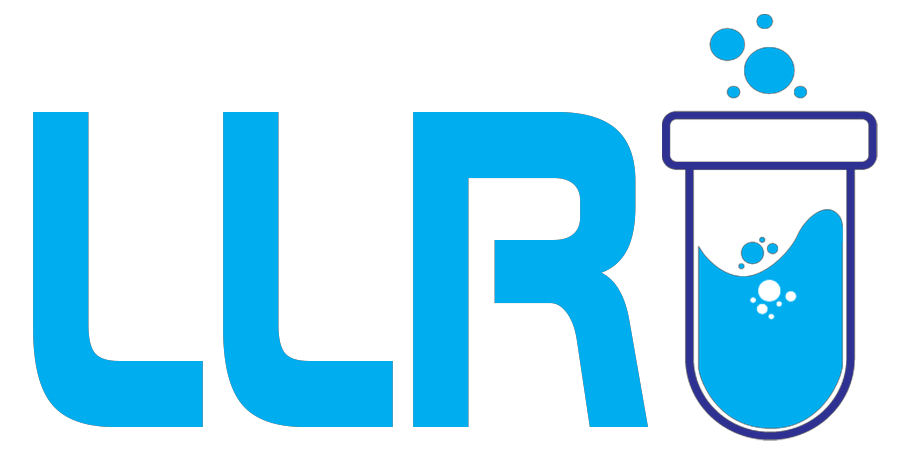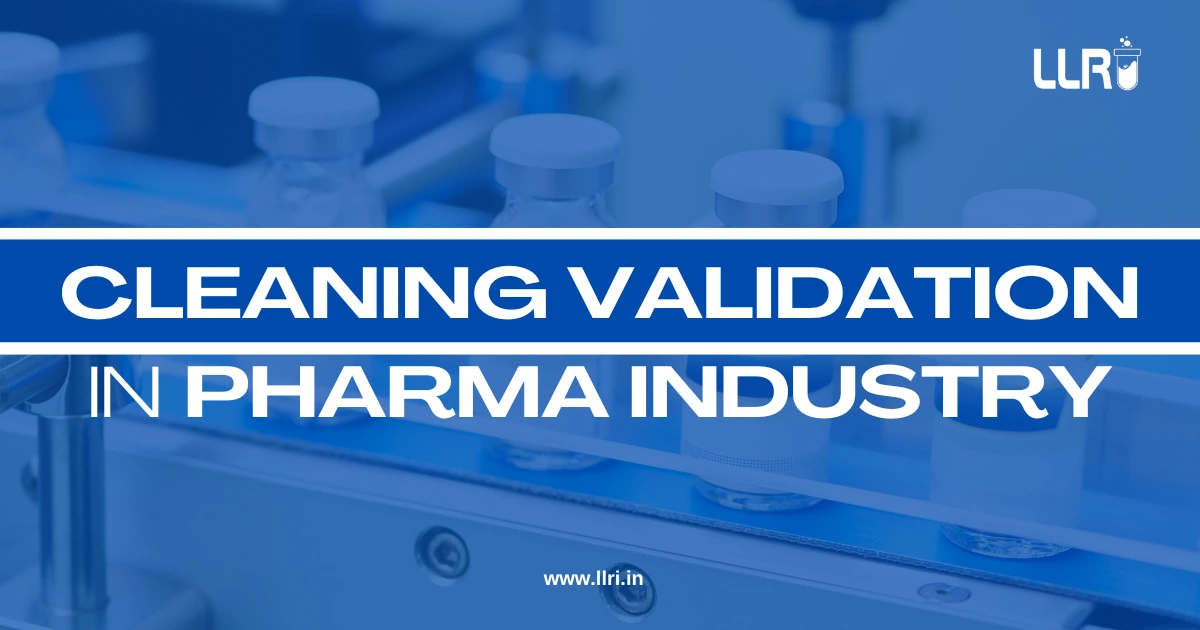Cleaning Validation In Pharma Industry: In the pharmaceutical industry, keeping manufacturing equipment clean and free from contaminants is not just a best practice—it’s a regulatory necessity. Cleaning validation in pharma industry is a documented process that confirms cleaning procedures effectively remove residues from previous batches, preventing cross-contamination and maintaining drug safety.
But how important is cleaning validation? How does it work, and what guidelines must be followed? Let’s dive deep into what is cleaning validation in pharma, its importance, different types, and key protocols.
“Cleaning validation is a vital step in pharmaceutical manufacturing that guarantees patient safety and regulatory compliance.” – World Health Organization (WHO)
What is Cleaning Validation in Pharma?
Cleaning validation in pharmaceutical industry refers to the process of verifying that cleaning procedures remove residues of active pharmaceutical ingredients (APIs), excipients, detergents, and microbial contaminants. The goal is to make sure that products manufactured in multi-use equipment are free from contamination.
Regulatory authorities like the US FDA, WHO, EMA, and Indian CDSCO mandate strict cleaning validation guidelines to uphold quality standards. Non-compliance can result in regulatory warnings, recalls, or even plant shutdowns.
Read more: Process Validation in Pharma: Definition, Importance, Stages & Benefits
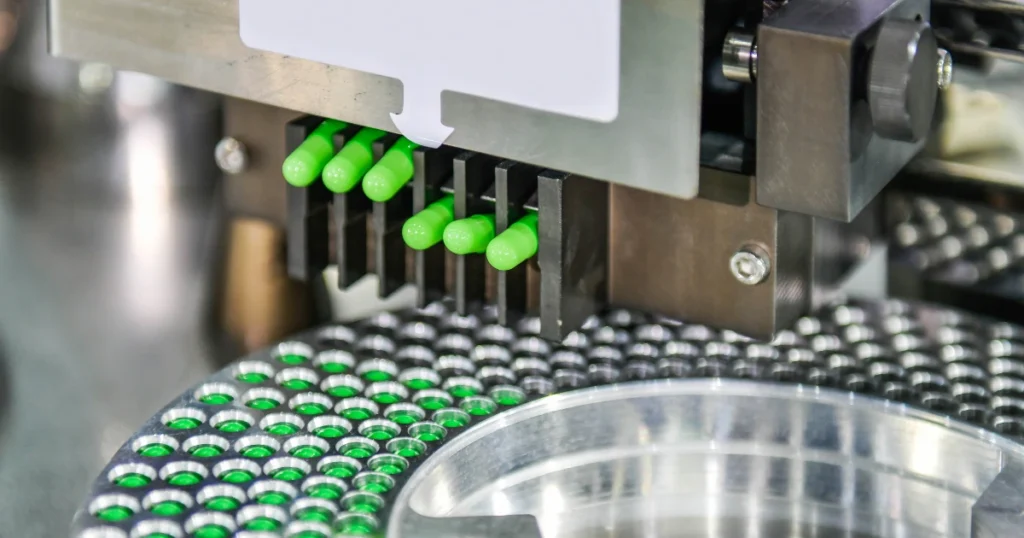
Importance of Cleaning Validation in Pharma Industry
Why is cleaning validation in pharma industry so important? Here are a few key reasons:
- Prevents Cross-Contamination: Stops drug residues from carrying over to the next batch.
- Regulatory Compliance: Aligns with international regulations and avoids penalties.
- Maintains Patient Safety: Eliminates harmful residues that may cause adverse reactions.
- Preserves Product Integrity: Keeps drug potency, efficacy, and stability intact.
- Improves Manufacturing Efficiency: Reduces the risk of batch rejection and recalls.
According to a 2023 report by the WHO, contamination-related recalls cost the pharma industry over $500 million annually. A well-implemented cleaning validation protocol can significantly reduce such risks.
Types of Cleaning Validation in Pharma
There are three primary types of cleaning validation in pharma:
- Prospective Validation: Conducted before routine production begins. It confirms that the cleaning process is effective from the start.
- Concurrent Validation: Performed during actual production runs to verify cleaning effectiveness in real time.
- Retrospective Validation: Uses historical data to assess the effectiveness of past cleaning procedures (less common due to regulatory risks).
Key Steps in Cleaning Validation Protocol
A robust cleaning validation protocol typically involves the following steps:
1. Cleaning Procedure Development
- Establishing Standard Operating Procedures (SOPs) for cleaning.
- Determining cleaning agents, methods, and parameters.
2. Selection of Worst-Case Scenario
- Identifying the most difficult-to-clean API or excipient.
- Setting acceptance criteria based on toxicity and potency.
3. Sampling Techniques
- Swab Testing: Wiping a defined area to check for residues.
- Rinse Sampling: Collecting final rinse water to test for contaminants.
4. Analytical Method Validation
- Using techniques like High-Performance Liquid Chromatography (HPLC) and Total Organic Carbon (TOC) to detect residues.
5. Establishing Cleaning Validation Guidelines
- Defining acceptable residue limits based on regulatory guidance.
- Documenting results to demonstrate compliance.
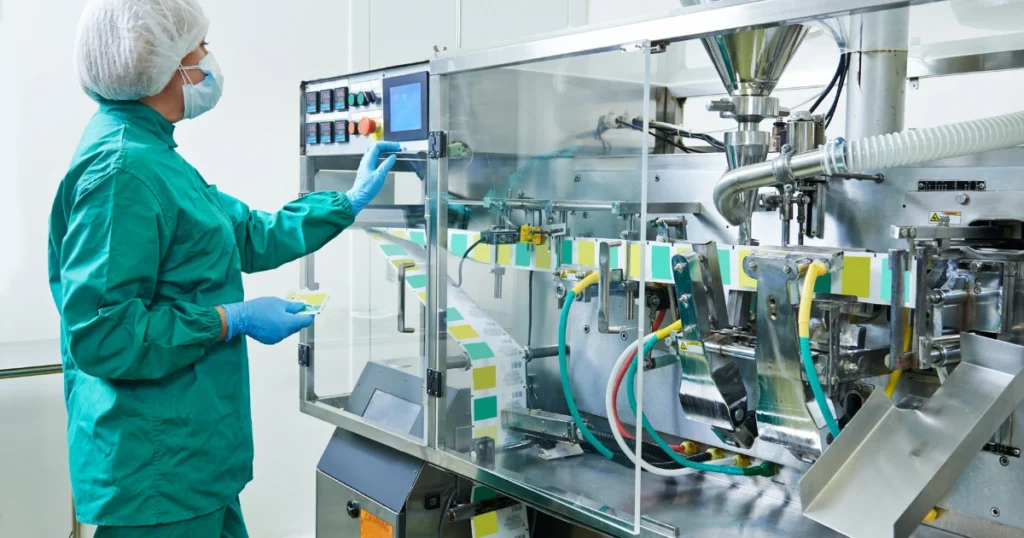
What is Recovery Factor in Cleaning Validation?
An important aspect of cleaning validation in pharma industry is determining the recovery factor. But what is recovery factor in cleaning validation?
The recovery factor represents the efficiency of a sampling method (swab or rinse) in detecting residual contaminants. It is calculated by spiking known residues on surfaces and measuring the percentage recovered.
Regulatory bodies like US FDA recommend recovery factors of at least 70% for swab sampling. Lower recovery rates indicate inefficiencies in the cleaning process.
Regulatory Cleaning Validation Guidelines
Different global regulatory agencies provide cleaning validation guidelines:
- US FDA: 21 CFR Part 211 – GMP requirements for cleaning validation.
- EMA (European Medicines Agency): PIC/S guidelines for residue limits.
- WHO: GMP guidelines on cleaning validation and risk management.
- Indian CDSCO: Follows WHO and ICH Q7 guidelines for Active Pharmaceutical Ingredients (APIs).
Compliance with cleaning validation guidelines is non-negotiable. Any deviation can lead to warnings, rejections, or product recalls.
The Purpose of Cleaning Validation
The purpose of cleaning validation is clear—maintaining drug safety, efficacy, and regulatory compliance. A well-validated cleaning process achieves:
- Consistent and reproducible cleaning performance
- Minimized risk of contamination
- Compliance with GMP and regulatory standards
- Patient safety through impurity control
Cleaning Validation Training & Courses
If you’re looking to build expertise in cleaning validation in pharmaceutical industry, consider enrolling in industry-recognized courses.
Learning Labb Research Institute (LLRI) – Your Gateway to Clinical Research & Pharma Training
Why Choose LLRI?
- Affordable clinical research course fees
- Hands-on practical training
- Recognized clinical research training center
- Placement assistance in top pharma companies
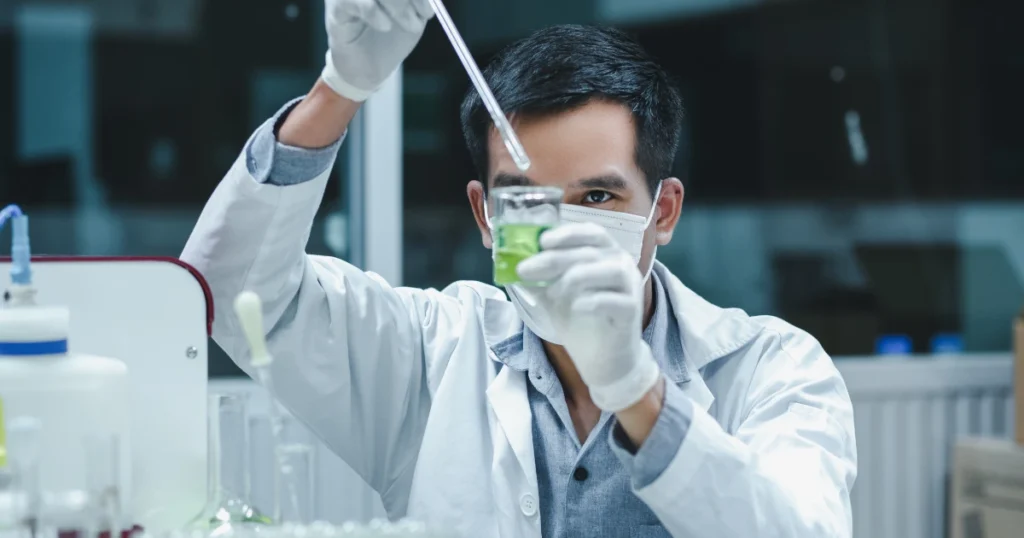
On A Final Note…
In a highly regulated industry like pharmaceuticals, cleaning validation in pharma industry is indispensable. From following cleaning validation guidelines to preventing costly recalls, it plays a vital role in maintaining drug safety and manufacturing efficiency.
“An investment in cleaning validation is an investment in patient safety and regulatory success.”
For those looking to improve and finesse their expertise in cleaning validation and clinical research, enrolling in a clinical research training center like LLRI can be a game-changer.
Would you like to learn more about clinical research courses and GMP compliance training? Explore LLRI’s programs today!
